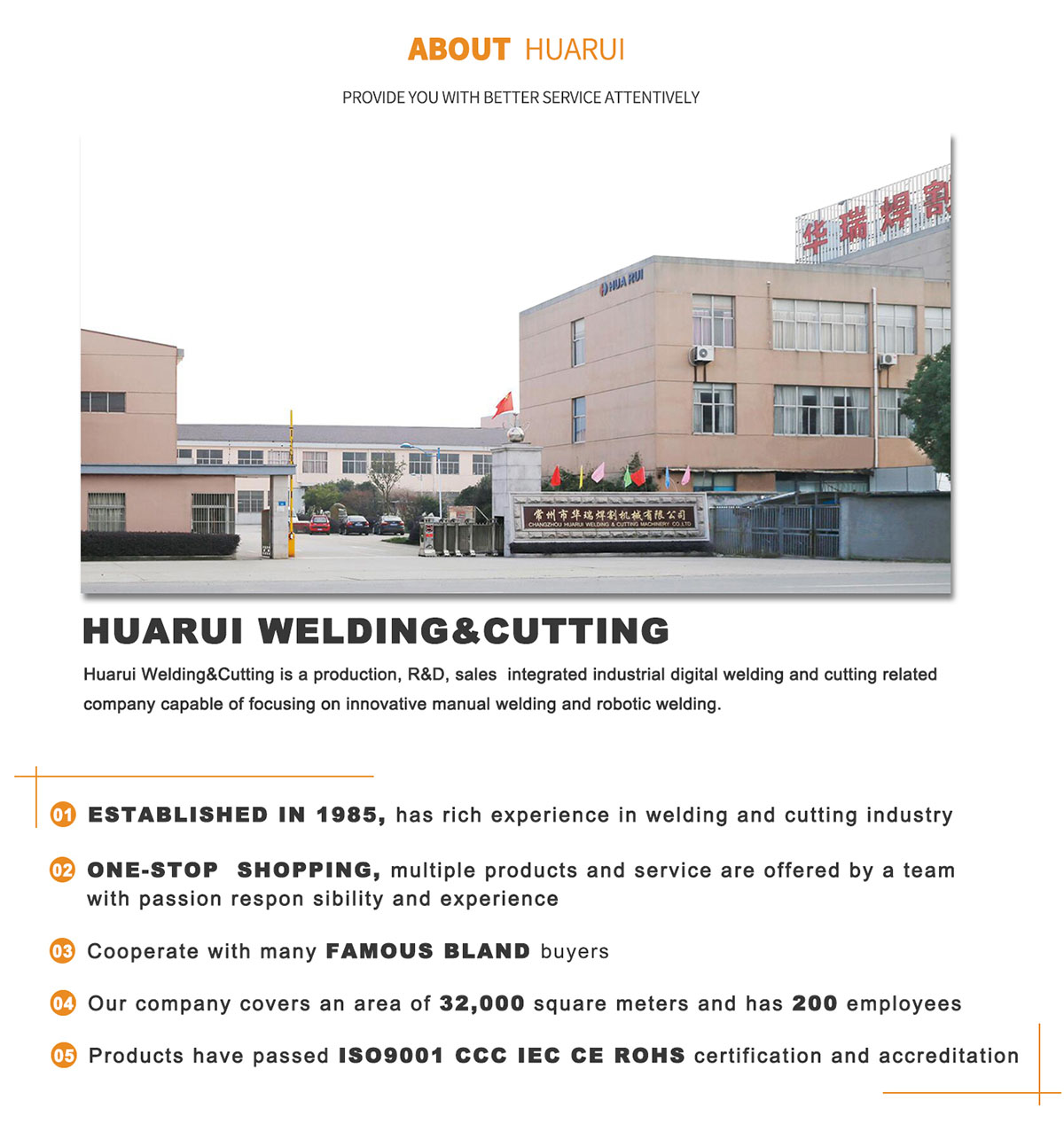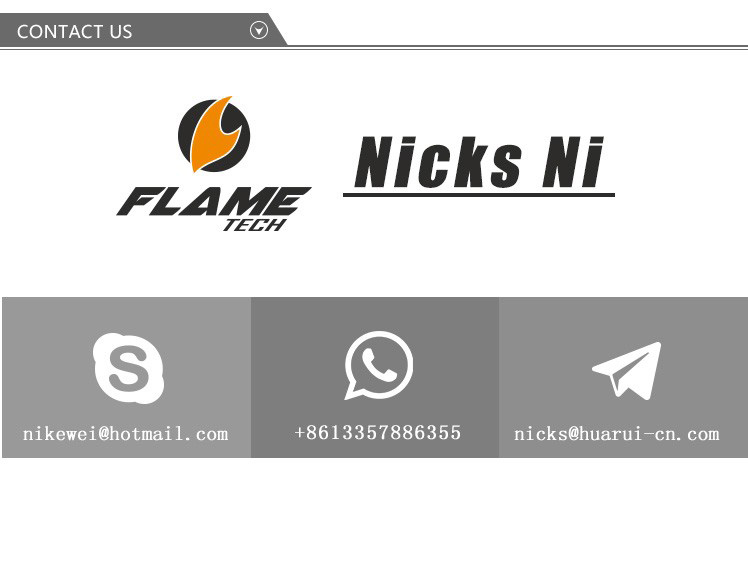- Welcome To Changzhou Huarui Welding & Cutting Machinery Co., Ltd.!
- About Huarui | Inquiry Form | Contact Us |
 中文
中文
 中文
中文1. Definition
(1). Deposited Metal
-Deposited Metal refers to the metal part formed on the welded parts after welding materials (such as welding, welding wires, etc.) during welding. It includes the metal formed after the welding material itself is melted. For example, in the handmade arc welding, the metal formed on the welded parts after welding is Deposited Metal.
-The chemical composition and performance of Deposited Metal depends on the ingredients of welding materials. For example, when welding with stainless steel electrodes, the Deposited Metal will have the characteristics of stainless steel, such as corrosion resistance.
(2). Weld metal
-Tramne metal refers to the metal part formed after welding on the welded parts. It includes the melting part of the melting metal and the welded parts in the welding process. In other words, welded metal is a metal formed by melting metal and welded mother material. For example, during welding of two steel plates, the weld metal contains not only the melting metal formed by the welding strip melting, but also the part of the edge of the steel plate under welding thermal part.
2. Difference
(1). Metropolitan difference
-The Deposited Metal: Its ingredients are mainly determined by welding materials. If the welding material is pure nickel welding, the main component of the Deposited Metal is nickel.
-Tramne metal: The composition is the result of Deposited Meta and welded mother material melting. For example, when welding low -carbon steel and stainless steel, the ingredients of welded metals are complex components after mixed with low -carbon steel and stainless steel and welding materials.
(2). Different performance
-Deposited Metal: Its performance mainly depends on the performance of welding materials. If the Deposited Meta formed by high -intensity box formed has a high strength.
-Tramne metal: Its performance is commonly affected by the performance of Deposited Meta and welded parent material. For example, when welding steel with different intensity levels, the intensity of welded metals will be between two steels and Deposited Metals.
3. Application and importance
(1). Welding quality assessment
-In the control of welding quality, the analysis of the Deposited Metal and welded metal is very important. By analyzing the chemical ingredients and performance of the Deposited metal, you can evaluate whether the welding material meets the requirements. The analysis of the weld metal can determine the overall quality of the welding joint, such as strength, toughness, and corrosion resistance.
(2). Welding process selection
-Che select the appropriate welding material according to the material and use requirements of the welded parts to obtain the ideal Deposited metal and welded metal. For example, in marine engineering, in order to ensure the corrosion resistance of the welded joint, the welding material that can form a Deposited Metal and welded metal with good corrosion resistance is needed.
The difference between understanding the seam metal and Deposited metal is essential for correct selection of welding materials, controlling welding quality, and ensuring the use of welds.

HUARUI alibaba shop:
https://topwelding.en.alibaba.com
https://czhuarui.en.alibaba.com


 master@huarui-cn.com
master@huarui-cn.com 86-519-86371071
86-519-86371071 86-519-86371072
86-519-86371072
View More(Total0)Comment Lists